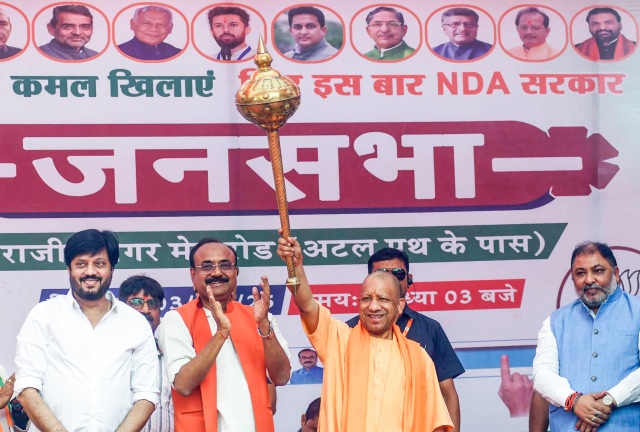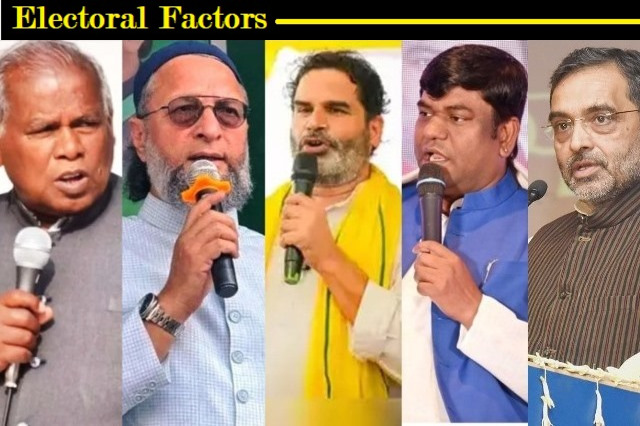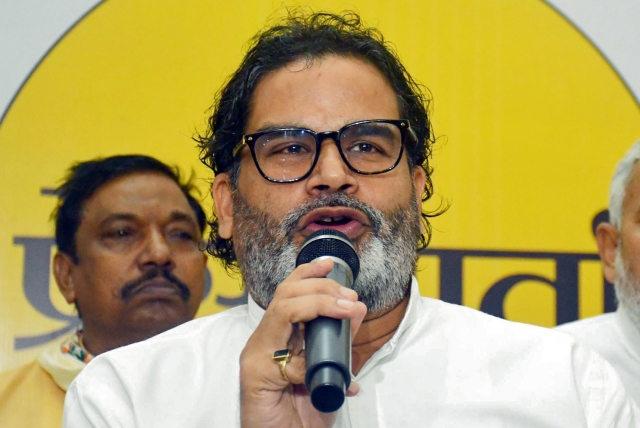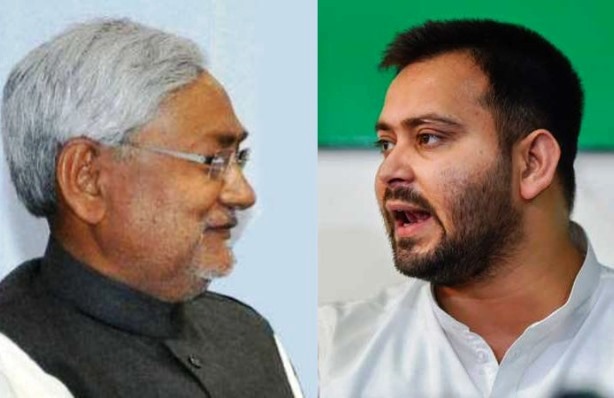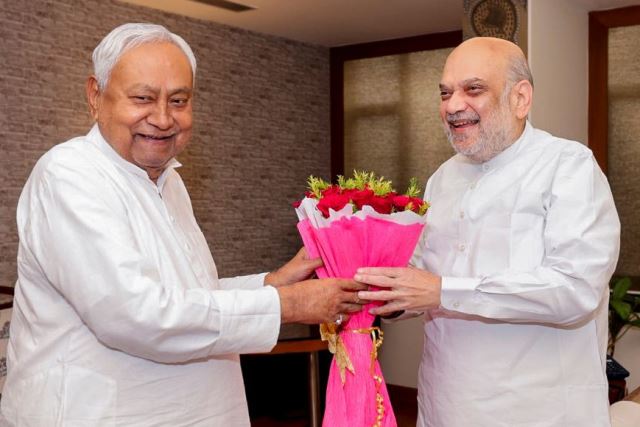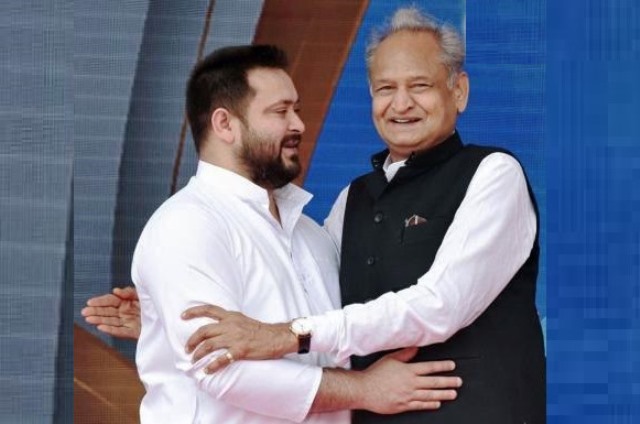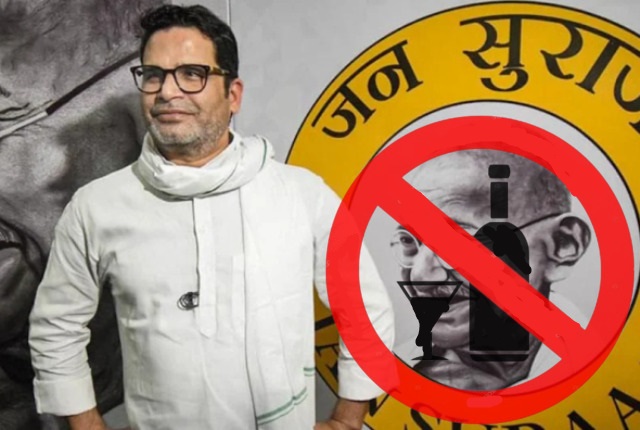Since the setback suffered by the Bharatiya Janata Party (BJP) in the 2024 Lok Sabha elections, the party has treated every subsequent state election as an opportunity to regain political momentum and organizational cohesion. What has followed is a series of carefully strategized assembly poll campaigns in which the BJP has performed with renewed discipline, clarity of purpose, and a well-defined division of responsibilities.
Much like a cricket team recovering from an unexpected setback, the party has relied on each leader playing a defined role in its electoral innings. And in this metaphorical T20 match, one leader has quietly emerged as the dependable finisher – Uttar Pradesh Chief Minister Yogi Adityanath.
Often described as a firebrand figure and regarded by many as a polarizing personality, Yogi Adityanath has nonetheless established himself as one of the BJP’s most effective mass mobilisers in the Hindi heartland. His ability to draw crowds, transmit crisp messaging with clarity, and consolidate the core Hindu vote has made him indispensable in closely contested state battles.
This influence was particularly visible in the elections in Haryana and more recently in Bihar, both of which came at crucial moments for the party as it sought to rebuild post-May 2024. A centrepiece of Yogi’s campaign slogan has been his now oft-quoted slogan, “Baṭoge to kaṭoge” (If you are divided, you will be diminished.) The phrase has resonated deeply in regions where caste identities have traditionally overshadowed broader community considerations.
Bihar, perhaps more than any other state, has historically been synonymous with caste-borne political mobilisation. Yet, in the 2025 assembly polls, Yogi Adityanath’s pitch attempted to shift the axis of political consolidation from caste affiliations to a shared Hindu identity.
His speeches emphasised unity, discipline, and the need to avoid fragmentation, a message that BJP strategists believe significantly contributed to the consolidation of Hindu votes across several key constituencies.
Following the resounding victory for the National Democratic Alliance (NDA) in Bihar, political analysts were generous in their praise for incumbent Chief Minister Nitish Kumar. They credited his governance record and long-standing credibility across caste groups for the alliance’s strong performance.
Equally highlighted was the formidable organisational machinery of the BJP, steered by the triumvirate of Prime Minister Narendra Modi, Union Home Minister Amit Shah, and Union Education Minister Dharmendra Pradhan. Their coordinated, high-voltage campaign, combined with Nitish Kumar’s seasoned local appeal, was widely acknowledged as a major reason for the NDA’s success.
Yet, amidst this distribution of praise, the role of Yogi Adityanath, who tirelessly campaigned at the ground level, received comparatively less attention in mainstream political commentary. The numbers, however, tell their own story.
Between October 16 and November 9, Yogi addressed 31 public meetings across Bihar. Notably, 23 of these were held in November alone, as the campaign entered what political operatives often refer to as the “slog overs,” where every rally, roadshow, and message can influence undecided voters. His speeches in these final days carried considerable weight, especially in districts with tight contests where even small shifts could determine the final outcome.
Electorally, his impact was striking. Of the 31 constituencies he campaigned in, NDA candidates won 27, a remarkable strike rate by any measure. Many of these seats were high-stakes constituencies where BJP’s own heavyweights or NDA partners were locked in tough battles.
Yogi’s presence, messaging, and ability to galvanise voters provided an additional push during the final phase of campaigning. The four constituencies where NDA candidates lost shared a common characteristic: they had dominant Muslim voter populations, where the alliance’s prospects were already known to be slim.
UP Chief Minister’s interventions were strategically targeted at areas where the BJP believed Hindu consolidation could alter the arithmetic in its favour and, evidently, the strategy paid off.
Yogi Adityanath’s evolving role also reflects a broader shift within the BJP’s election blueprint. After 2024, the party has shown an increased inclination to deploy regionally strong leaders across state boundaries, not merely as crowd-pullers but as narrative drivers. Yogi fits this mould perfectly.
His national visibility, combined with his governance record in Uttar Pradesh, has turned him into a political figure who can meaningfully influence voting behaviour in states with overlapping socio-cultural dynamics. Furthermore, Yogi’s speeches typically combine ideological clarity with pointed criticisms of opposition alliances.
He speaks in simple, direct sentences, often using symbolism and cultural references that resonate with rural and semi-urban voters. His rallies in Bihar followed this template closely, addressing local concerns, highlighting development issues, and invoking broader themes of unity and security.
It is also important to recognise that his campaign style complements rather than compete with that of the Prime Minister. While Modi brings national stature and a message of transformative governance, Yogi’s presence adds a degree of assertiveness and ideological intensity to the BJP’s campaign narrative. Together, they offer the party a dual pitch—development and decisive leadership.
As the BJP continues to prepare for forthcoming assembly elections, Yogi Adityanath’s role as the party’s reliable finisher is likely to deepen. In politically competitive states where caste equations, local grievances, and shifting alliances make outcomes unpredictable, the party will continue to rely on leaders who can mobilise its core base while delivering crisp, impactful messaging.
The Bihar results demonstrate that in these high-stakes political matches, the UP Chief Minister has become one of the BJP’s most valuable players, steadily finishing innings that others help set up.
(Sidharth Mishra is an author, academic and president of the Centre for Reforms, Development & Justice)
